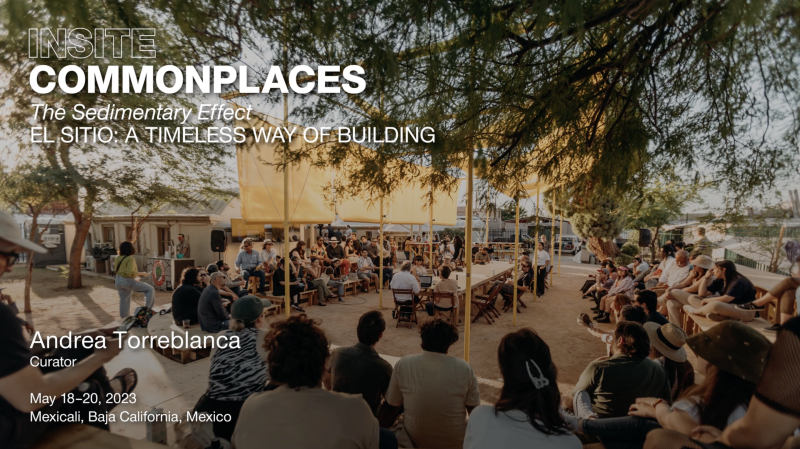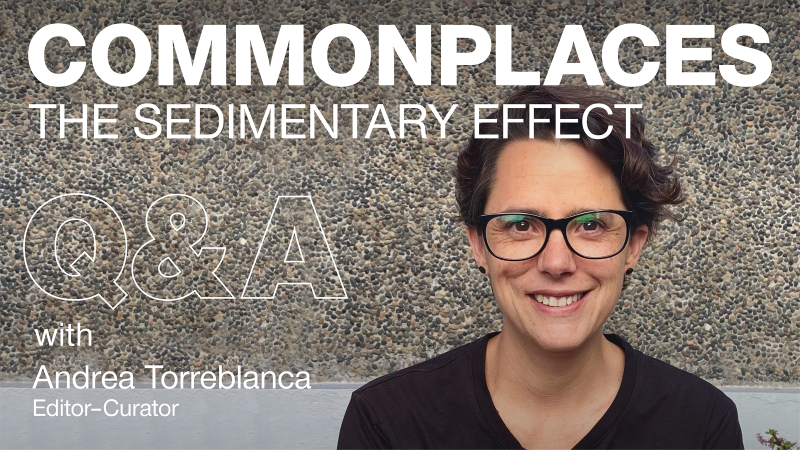The Sedimentary Effect is a five-year project (2021–25) based in San Diego County and Baja California (US/MX) that examines current perceptions of natural phenomena, architecture, and spirituality through several microhistories of the region in three chapters: “A Timeless Way of Building”, “Erratic Fields”, and “The Spiritual Realm.” Editor-curator Andrea Torreblanca is collaborating with artists, architects, and researchers on both sides of the border through new Commissions, Conversations in unusual locations, expeditions, and the publishing of three special editions of the INSITE Journal. As a work-in-progress, the project unfolds and is shared flexibly and simultaneously in stages as research, public presentations, and alliances with institutions are being developed.
The project evolved from an interest in often-overlooked microhistories from the region, such as the Santa Ana winds, artist Donald Judd’s travels to Baja California, architect Christopher Alexander’s social-housing complex in Mexicali, and Lomaland, the Theosophical society founded by Katherine Tingley in San Diego in the late 1800s, as well as the practice of local artists and researchers interested in excavating their own past and region through the themes emerging from these microhistories. By bringing together both perspectives, the artists’ own narratives and the history of the region, the project aims to provide alternative ways of exploring this territory, while discussing crucial contemporary issues—from the role of climate as a force that continues to transform life in all its dimensions (oceanic, terrestrial, social, economic, and psychological); to the gradual transformation of geology through erosion, industry, and geopolitics; to the relationship between vernacular architecture, communal living, and health; to spirituality as a way of understanding the world beyond human life.
The title of this project emerged as a connection between opposites: on the one hand, the notion of “sedimentary” layers accumulating in a single place, whether geological or human; and on the other, the idea that minor histories and events have an effect in broader contexts. As a result, The Sedimentary Effect unfolds through the tension between what is fixed and what is transient; between what lies beneath and above the surface; and between macro- and microhistory as two dimensions that have an impact on how places are transformed, conceived, and imagined.


